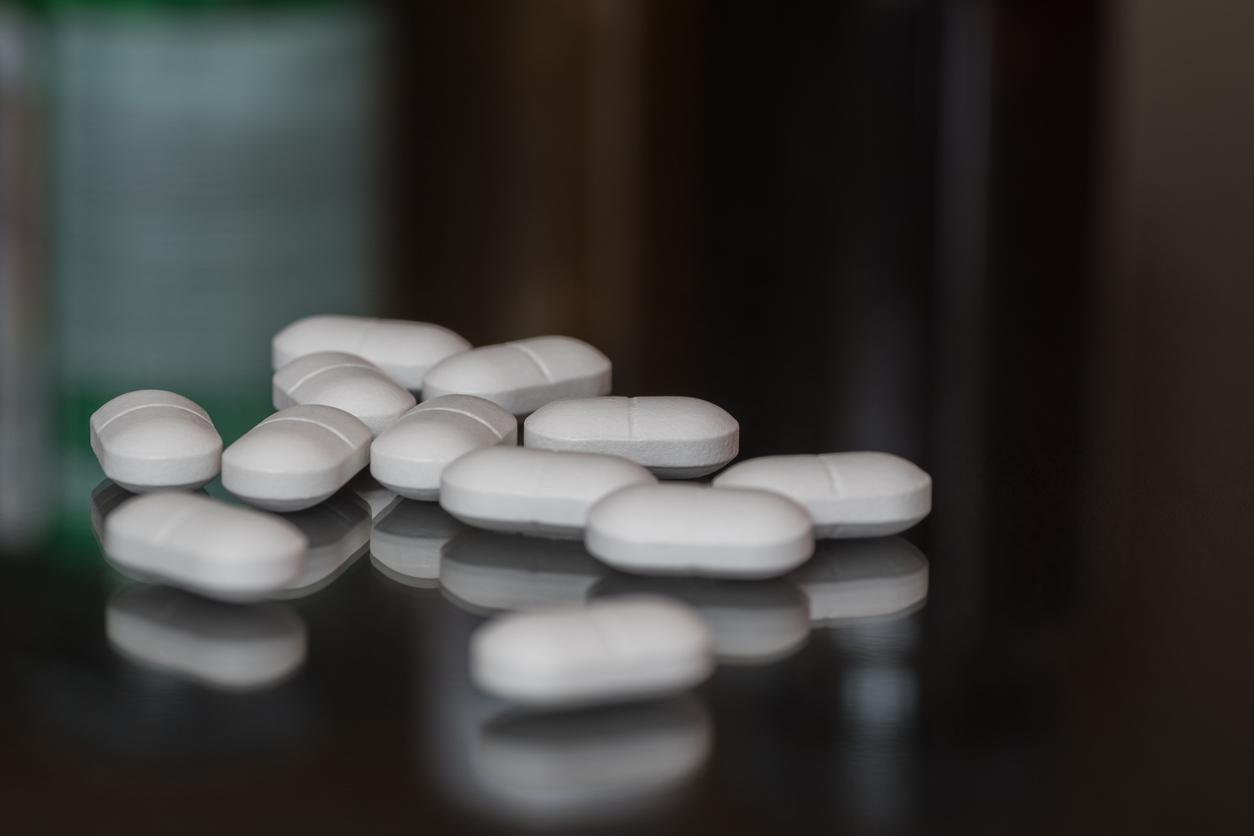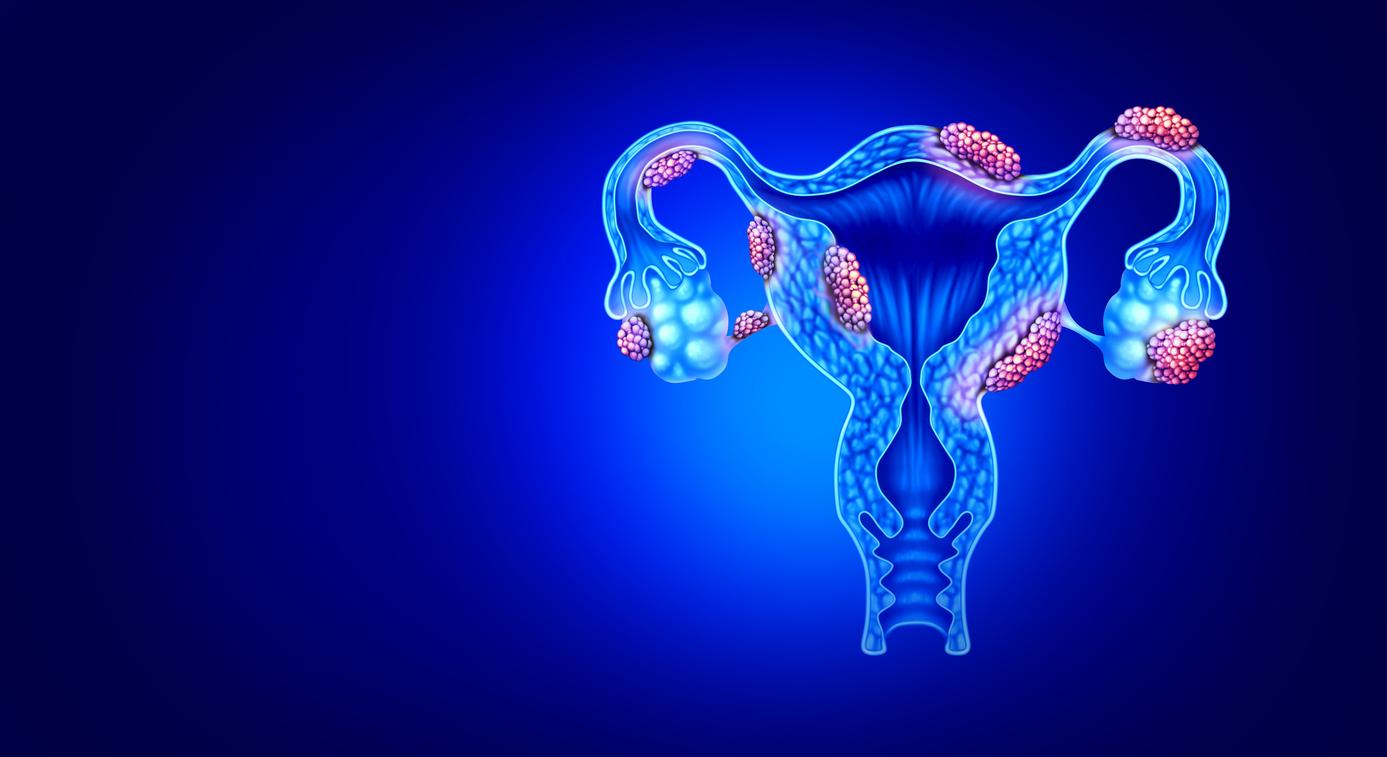What is arnica?
Mountain arnica is a plant, also called “Vosges tobacco”. His medical name is Arnica montana. High from 20 to 70 centimeters, it is easily recognizable by its flowers resembling a yellow daisy.
Dried arnica flowers are used in herbal medicine to prepare tinctures and extracts. The plant should mainly be used in local application to relieve bruises, hematomas and contusions. It also exists in the form of homeopathic preparations (granules and globule doses) and can then be consumed orally.
What are the properties of arnica?
Arnica flowers contain flavonoids and sesquiterpene lactones, especially helenalin and dihydrohelenalin. These substances are anti-inflammatory and analgesic (against pain) but they also have allergenic properties. Arnica flowers also contain coumarins with anticoagulant properties.
Arnica is traditionally used to relieve:
- Minor trauma : bruises, hematomas and contusions.
- Rheumatological diseases causing joint or muscle pain.
- It can be used to calm gingivitis and canker sores, when consumed in mouthwashes.
- Arnica is also reputed to promote blood circulation and have a positive effect on venous insufficiency and varicose veins. Arnica gel could increase venous tone, reduce edema and thus relieve the feeling of heaviness in the legs.
- Since ancient times, this plant has been known for its anti-inflammatory role, in particular to relieve itching from insect bites, boils and inflammatory dermatoses. This is thanks to its helenaline content, one of the sesquiterpene lactones which prevents any risk of infection.
How to use arnica?
Arnica is generally marketed in the form of extracts or dyeing. These preparations must be used on intact skin, showing no wounds. It is important not to put the plant in contact with the eyes or mouth. Arnica tinctures contain alcohol. They should therefore not be used to heal broken skin. Mouthwashes are for adults only. The solutions must be strongly diluted, and must in no case be swallowed. Nevertheless, it is advisable to choose other more effective products to calm gingivitis and canker sores.
In the form of homeopathic granules, arnica is mainly used to relieve muscle pain in variable doses, but often at the rate of three granules three times a day.
What are the contraindications of arnica?
- Arnica can cause allergies. People allergic to plants of the Asteraceae family, such as chamomile and dandelion, should therefore avoid its use. It is recommended to apply a low dose of product on a small part of the skin in case of doubt, to carry out a test.
- Moreover, arnica should not be used for prolonged periods as it may cause skin irritation. It should therefore be reserved for occasional use.
- Arnica should not be ingested, as it can cause violent digestive disorders, respiratory problems and heart rhythm disorders.
- Oral arnica is not recommended for pregnant women as it may cause uterine contractions. Pregnant women should also remain cautious about the use of arnica by local application. Children cannot consume arnica before the age of 3 years. In any case, arnica in the form of a tincture must be handled with care: it must be reserved for occasional use and avoid ingesting it. Arnica-based homeopathic products are safer.
Sources: Phytotherapy: Arnica. vidal.fr
Read also: Harpagophytum: health benefits, dosage and contraindicationsDill (seeds): what benefits, what uses?Cranberry (Cranberry): health benefits, urinary tract infections, why take it?Mallow: origins, health benefits, how to use it?


















